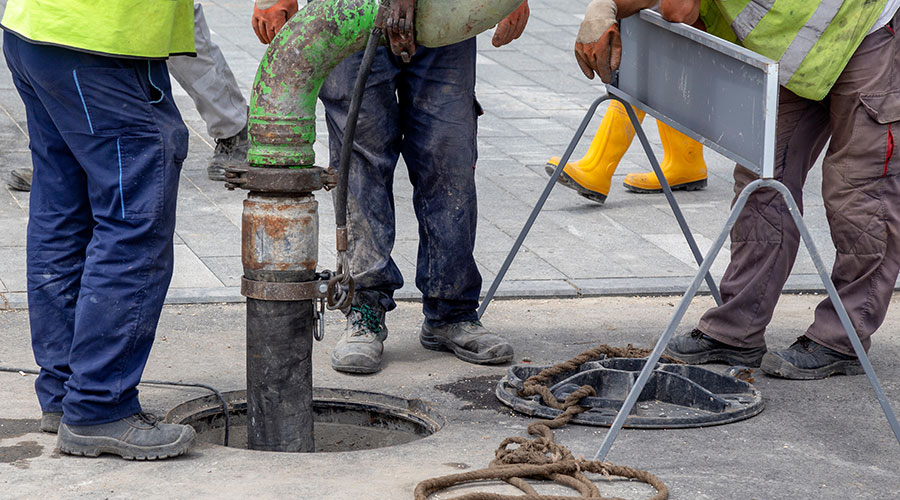Overdesigned Restroom Lighting Systems Can Increase Costs
One of the biggest energy costs in a restroom is lighting. Systems that produce too little light give the restroom the appearance of being dingy and dirty. For that reason, most restroom lighting systems are overdesigned. But those systems not only waste energy but also can be uncomfortable for users.
The typical restroom lighting system uses 2 watts per square foot. An energy-efficient design that makes use of well-placed, high-efficiency fixtures can reduce this use to 1 watt per square foot. But the real savings that can be achieved in restroom lighting systems come with the use of automatic lighting controls.
Manual light switches in restrooms are rarely turned off, resulting in the lighting system operating 24 hours per day, 365 days per year. Replacing the manual switch with occupancy sensors can reduce lighting energy use by as much as 90 percent.
Additional lighting energy savings can be achieved through the use of high-efficiency fixtures. The standard T12 fluorescent lamp has given way to more efficient T8 and T5 lamps that offer the same light output with a reduction in energy use of approximately 30 percent. Even the higher efficiency LED lamps are making their way into restrooms. In addition to their lower energy use, these lamps promise long service lives.
Don't make the mistake of locating fixtures in such a way that they are difficult to access in order to change the lamps. Similarly, select fixtures that do not require special tools for removing and installing lamps.
Where possible, make use of natural light. Natural light, supplemented by light fixtures, not only enhances the appearance of the restroom, but also reduces lighting energy use particularly when the light fixtures can be automatically dimmed when natural light levels are sufficient.
Another big user of electricity in restrooms is hand dryers. Conventional electric hand dryers operate for a preset period of time when activated. Today, many hand dryers are sensor-operated, turning on only when hands are placed directly under the unit and turning off when they are removed. Sensor-operated hand dryers have been found to reduce their use of electricity by approximately 80 percent over switch-operated units.
3. Maintenance Costs
Sometimes even the simplest design change can result in major reductions in maintenance costs over the life of a restroom. For example, installing isolation valves on every fixture and faucet in the restroom will have minimal impact on first costs but will have a major impact on operations and maintenance costs. Without sufficient isolation valves, entire restrooms frequently have to be shut down when a single component is in need of replacement, disrupting operations and putting pressure on maintenance personnel to quickly resolve the issue.
Most restrooms are designed with a single floor drain. But it is almost impossible to design and build restroom floors with adequate slope to a single drain. The installation of multiple floor drains along with adequately sloped floors can reduce cleaning time.
It is common practice to stack restrooms in multifloor facilities. Stacking allows common water supply and wastelines to be installed, reducing costs. If restrooms are stacked, install suspended ceiling tiles to allow easy access to water supply and wastelines. Suspended ceiling tiles also are easy to replace if they become damaged by water leaks.
Every restroom cluster on each floor should include dedicated storage space for equipment and supplies. Too often, a single location is provided for an entire building. That means supplies must be hauled from that location to the individual restroom whenever they are needed, increasing labor costs.
The types of finishes installed in the restroom will also affect maintenance requirements. For example, installing vinyl wall covering where it will be exposed to water on a regular basis will result in short service life and frequent replacement. Ceramic tile, while four or five times more expensive, is not subject to deterioration from exposure to water and will typically not require replacement until it is time to renovate the entire restroom.
Even the little things can make a big maintenance cost difference. Failing to seal the grout on ceramic tile will result in both staining of the grout and the need to clean the tile more frequently. Using flat paint instead of semi-gloss or gloss paint will result in the need to repaint more often. Installing soap dispensers where they will cause soap to drip on floors or fixtures degrades the appearance of the facility, can result in a safety hazard and will increase cleaning costs.
Related Topics:













